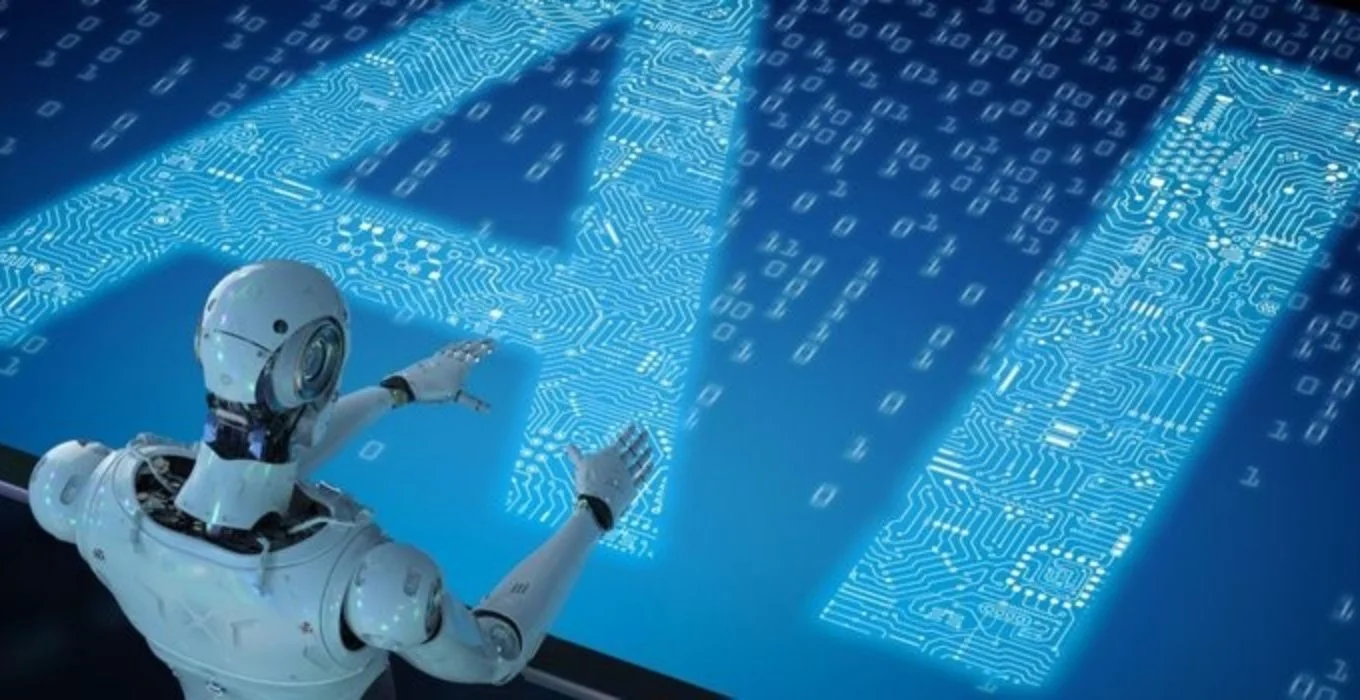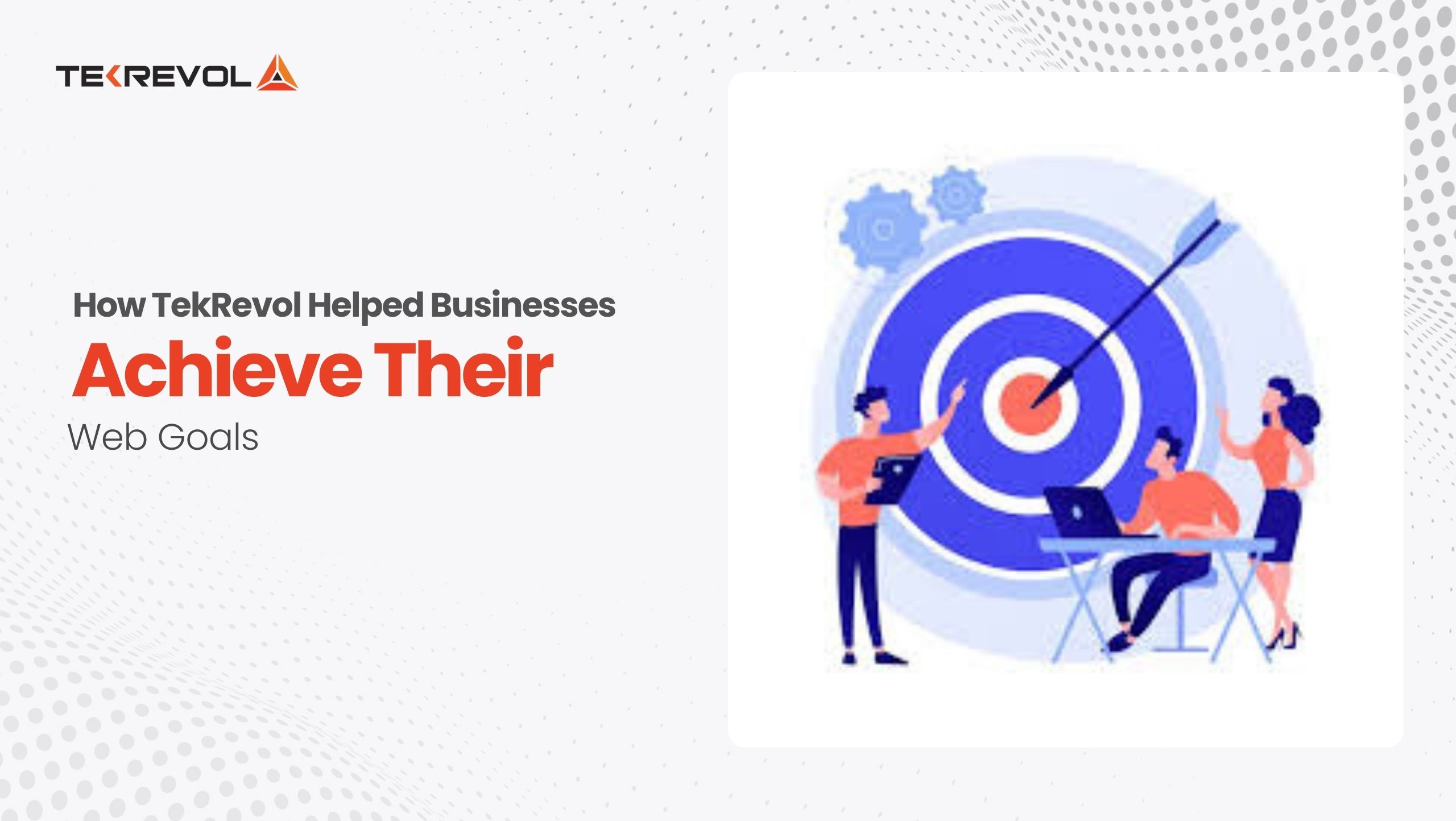Artificial intelligence (AI) has been the central focus of technological development within the world for a few decades now. From the first chess engine that defeated a human to AI today, which is capable of more complex tasks, AI has found applications in all areas of life.
From assisting humans in personal lives to expanding the horizons for business strategies, AI has revolutionized our world and will keep on leaving a long-lasting impact on it.
With all its benefits, automation and AI comes with consequences that a lot of experts have deemed as “negative.”
The conversation around the Social Impacts of AI has been somewhat reductive, where a deeper dive into the ethical and moral dilemmas of implementing AI is of the utmost importance.
It is particularly essential within the treatment of AI and its application to consider its moral implications. DeepMind is a company that develops and trains artificial intelligence, which opened its research unit called “DeepMind Ethics and Society.”
The goal of this unit is to fund research on AI’s ethical implications concerning morality, values, accountability, transparency, and economics.
Now, let’s take a look at some of those negative externalities and how we can minimize the risks, some of which are blown out of proportion. But before that, let’s understand what Artificial Intelligence is.
What is Artificial Intelligence?
Artificial intelligence is the integration of human elements and behavior within machines. AI is the ability of machines or computers to reproduce aspects of human intelligence. It includes motor functions, the ability to understand sensory information and to rationalize data through logic.
In practice, this translates into the ability of a computer to outperform tasks related to how AI affects society movement, create symbolic or graphical representations of data, and make decisions based on information.
It is important to understand what drives the functionality of an AI. On the back-end is the training process of the machine, which is heavily data-oriented.
The simple difference between a complex and a simple AI is the difference between the data sets it has been fed.
Mostly, this data comes from businesses, organizations, AI experts, and individuals. Hence, the nature of activities that an AI performs is based on the kind of data set it is trained with. Outside of that data, an AI is simply a software.
While this sounds intuitive, it is a fact often forgotten in the discussion when deliberating accountability for the ramifications of AI-backed activities.
Social Impact of AI:
-
Bias decision-making
With AI, one of the biggest concerns is its decision making bias. This has been a problem in multiple application fields such as credit allocations and criminal sentencing and law enforcement risk assessment.
Within trials, AI-backed software has been seen to give results that are tainted with racial biases.
In other application fields, there have often been concerns with sexist decision making in cases of judging potential hiring at workplaces.
There are multiple other scenarios in which one can rationalize the existence of bias within the decision-making process of an AI. On this topic, there is a necessary clarification that needs to be understood.
In its nature, Artificial Intelligence is not biased. The AI for social impact bring software in its functions can only be trained to portray these elements due to human imperfection.
Think of it as a reflection of the worst tendencies of a human being. The data set that informs an AI can be biased, which is a moral reflection of its creators.
For example, let’s imagine a business that develops its AI-based on their data, previous decision making patterns, and their history.
If this AI once developed shows signs of discrimination, it is merely a reflection of the data set and the existence of bias within the previous decisions made by humans. The AI is trained through this data, learns from its patterns, and executes its functions accordingly.
At best, artificial intelligence is only as flawed as its creators. Then the question arises, where does accountability come in?
Here, the logically sound action is to hold the creators accountable for the data set. Accountability measures can be put in place to assess the dataset before its implementation.
Data scientists and experts can intervene to rationalize the data with its creators. Question the logic behind the decisions being used to train the AI. Understanding the root of the patterns that train the AI to classify them as valid or invalid is a critical step.
For this, social media steps can be taken for both internal and external investigations within teams and businesses. This ensures quality assurance and accountability.
For a technology that is as impactful as AI, the measures taken in its application need to incredibly critical.
This bias can be a result of thousands of people and their individual decisions. While it is harder to fix the mindset of each of these individuals, fixing this problem within an AI and its data can be an easier task to deal with.
This doesn’t take away from the efforts needed to change the overall mindset of the world, but it does provide a viable to the problem at hand.
-
Unemployment as a result of automation
Since its advent, AI has been defined to replace human beings in the workforce. This is particularly true for labor-intensive jobs. For this, there are two critical considerations.
First, automation doesn’t always mean a reduction in employment. With the invention of the ATMs, it was predicted that bank tellers would become redundant. This was seen as a threat to the position of bank tellers.
Though once ATMs were installed across the globe, the overall employment of bank tellers was seen to rise.
While the need for tellers at a bank did drop, what happened in its aftermath was a reduction in operational costs for banks. This increased the demand for more branches and, therefore, the need for tellers within the industry.
This trend can be observed within multiple labor jobs such as cashiers and paralegals across the US and the world.
It is, although essential to understand that a loss in jobs is a possible scenario. Within the trucking industry, the introduction of self-driving trucks will result in unemployment. On the other hand, it also reduces the chances of accidents and loss.
This moral conundrum is based on this ethical trade-off that needs to be dealt with, in both the short and long-term.
Based on this, the employment trend will shift from labor-intensive to more creative or managerial positions and technical experts within industries.
The way forward us is to determine the way we educate our younger generations to be capable of sustaining life in an evolving market.
The takeaway here is to understand that the blanket idea of automation always resulting in a loss of jobs is premature and myopic. As AI allows businesses to reduce operational costs, it also increases their ability to hire and spend more.
Unemployment is a major ethical concern within the field of AI, and the need of our time is to give the younger generations the right skill set and tools to adapt within this world. As AI allows rapid scalability to businesses, the demand for some jobs will increase, while others will fall.
The exaggeration of this advent is based on only specific industries that need to be realized first before we move towards solving it.
-
Fake news
Social media platforms and search engines rely on AI to provide more personalized experiences to users.
They use search trends and behavioral patterns to prioritize one piece of information over the other. This comes in the shape of news, advertisements, and trending topics.
One of the recent issues about this AI-backed content prioritization has been the promotion of fake news.
This is a systemic issue that is being perpetuated by Artificial intelligence, leading to severe consequences. Fake news has become a grave issue today, with more information being spread around the world with no strict accountability.
Even on this end, the two obvious solutions are both harder to implement than they sound.
First, the idea of self-regulation by the social impact of AI. Internal accountability to ensure that fake news is taken down is already in place. Tech giants such as Facebook and Twitter are already taking necessary steps to ensure this.
On the other hand, training AI to dissect real information from fake news is not a simple task. Data verification based on source availability is a work in progress.
While certain statistical lies can be caught, fake news that lies within gray areas is harder to detect. This is precisely why “alternative facts” is such a widely accepted phenomenon.
To train AIs to detect such deviations from the truth can often be a personal reflection of what the creators of the AI believe in.
To standardize this process is a task that requires precision and an understanding of data science that is beyond the reach of non-specialists.
To this end, fake news is a dangerous tool with the potential to misinform people and damage the very fabric of democracy, informed decision-making. The positive here is the widely accepted mobilization to curb this with businesses realizing their social benefits of AI to ensure their platforms are not being misused.
Wealth distribution within a post-labor world:
One of the outcomes of a massively automated market is the accumulation of wealth. If the number of employees gets reduced in businesses, the cost of operations will go down.
This will mean that a higher percentage of revenue will end up being the profit. This is most likely going to increase the wealth gap. The middle-class is seen as the biggest victim in this movement towards automation.
So how do we distribute wealth in this post-labor world? Well, there is one way to do mitigate this harm.
As operational costs go down, profits for corporations will rise. The current trend suggests a strong move towards a “tech tax,” as we like to call it. As businesses implement automation, a tax targeting the loss of employees can be applied.
The purpose of this tax would be to utilize this tax to increase government safety net and provide alternative training for the re-training of these employees.
There is no doubt that automation will benefit businesses at an unprecedented level. The next best step is to ensure that it happens besides helping those who lose their jobs rather than at their expense.
This training could help employees find new jobs, gain more relevant skill sets, and ultimately sustain their lives.
Furthermore, this doesn’t negate the benefits for businesses. A tax on even a percentage of the additional revenue businesses generate can alleviate these problems.
A more extreme but not impossible logical extension of this principle can apply to a world that is based on Universal Basic Income. There seems to be a growing trend of high-profile people accepting this as the long-term plan.
“There is a pretty good chance we end up with a universal basic income, or something like that, due to automation,” SpaceX and Tesla boss Elon Musk told CNBC.
Andrew Yang, a Democratic presidential nominee, has also pressed on this issue in his campaign, with his plan for a “freedom dividend.”
For a future that is less dependent on human labor, an alternative is required, and safety nets and training seems to be the most intuitive solutions. Until a fresh perspective is vocalized, this appears to be the general direction that the world might take.











